As ceasefire takes hold, Gaza’s bakeries fire up to fight hunger
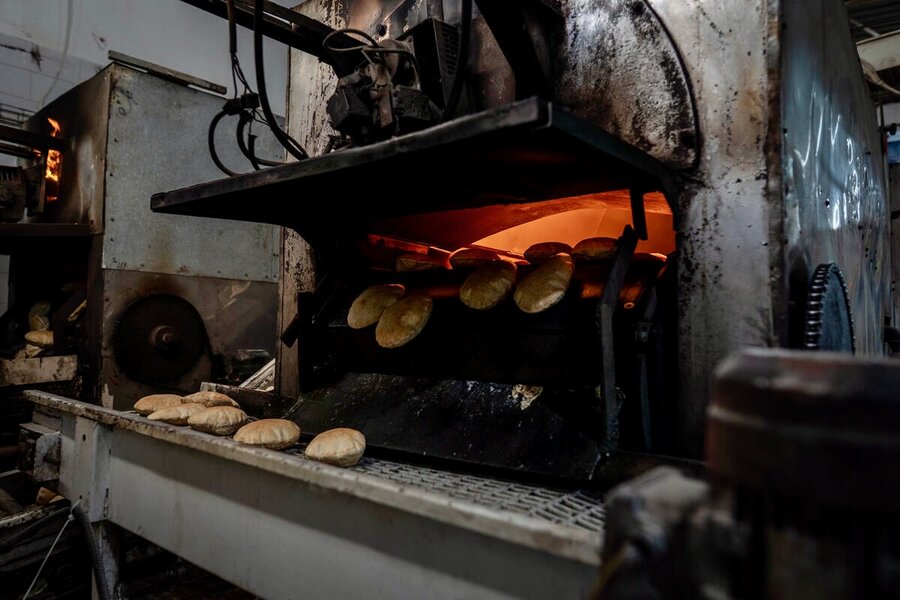
Even before the guns fell silent in Gaza, the cavernous Nuseirat bakery was back in service, churning out hundreds of hot, fragrant loaves for famished residents.
It was the first time the bakery’s ovens had fired up in months, as truckloads of flour and other basics finally began to reenter the Strip. For displaced families like Fatima’s - living in tents and choking on burning plastic and other trash to cook the little food they have - the fresh flatbread offers a slice of normality, after months of hunger and hardship.
“When I light a fire, I know I’m risking my child’s health,” says Fatima, who has a daughter with severe respiratory problems. “Receiving bread felt like a blessing,” she adds of the packages of pita she now picks up near her tent camp in the central Gazan town of Deir al-Balah.
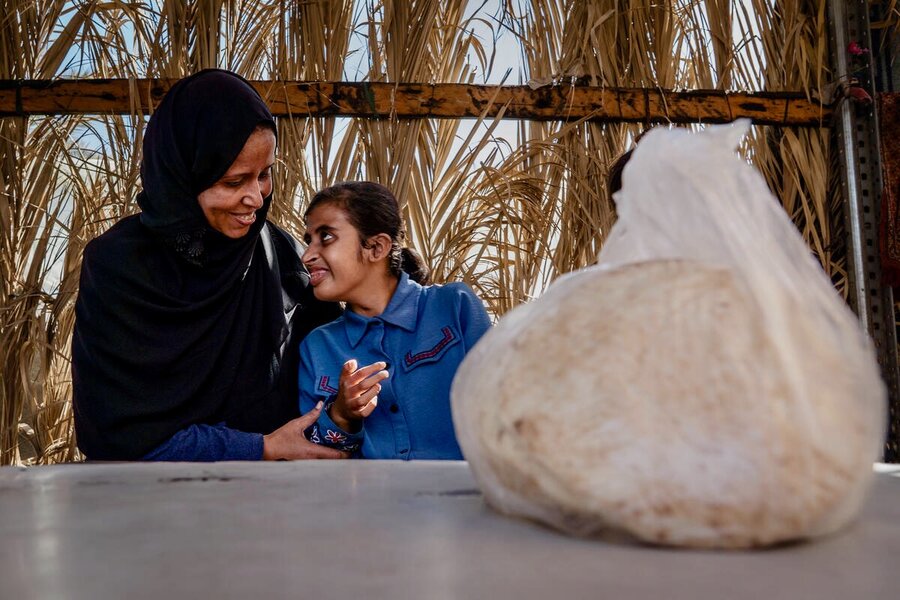
As a ceasefire takes hold in Gaza, the bakeries offer a tangible sign that a precarious normality is returning. The loaves rolling out of their fiery ovens are part of a massive and rapid scale-up of WFP food assistance for people facing severe and even catastrophic hunger - with the aim of feeding up to 1.6 million in the first three months. Trucks of WFP food assistance now entering the Strip are supporting bakeries, nutrition programs and general food distributions.
“The people of Gaza have been desperately waiting for this moment,” says Antoine Renard, WFP Representative and Country Director in Palestine. “They have been displaced multiple times - chased by the threat of hunger and malnutrition, and making impossible choices to survive.”
A sense of normality
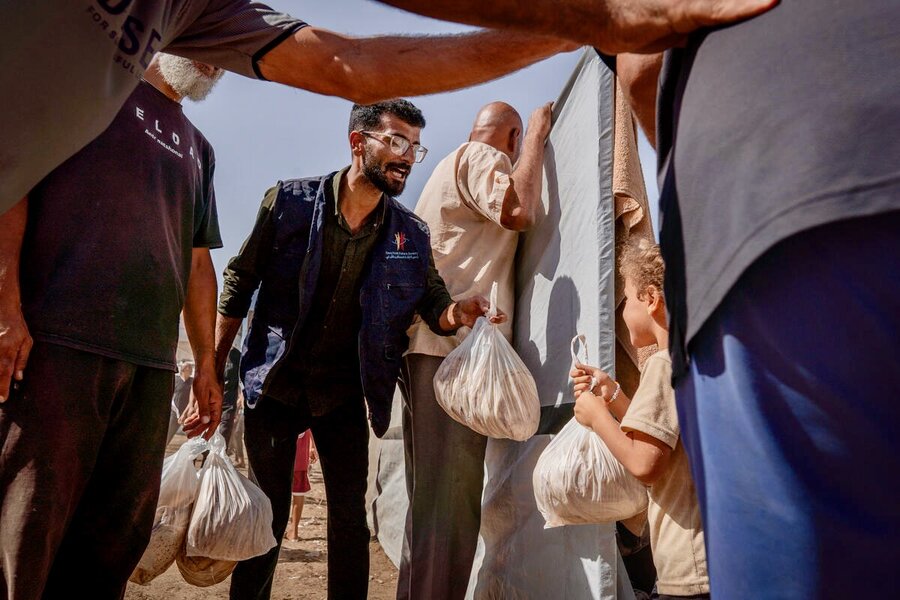
Days before the ceasefire, WFP had restarted nine out of the 30 bakeries it once supported in the enclave. Already, our partners are delivering more than 100,000 packages daily of the pita, or flatbread, to families in makeshift shelters and camps. Those distributions will expand as conditions allow more food to enter the Strip and bakeries to reopen.
“The smell of bread gives people hope that things are going to get back to normal,” says Samer Abdeljaber, WFP Regional Director for the Middle East, North Africa & Eastern Europe. As more food reaches hungry people, he adds, “anxiety levels go down, so they can trust that more food is going to come in the next days.”
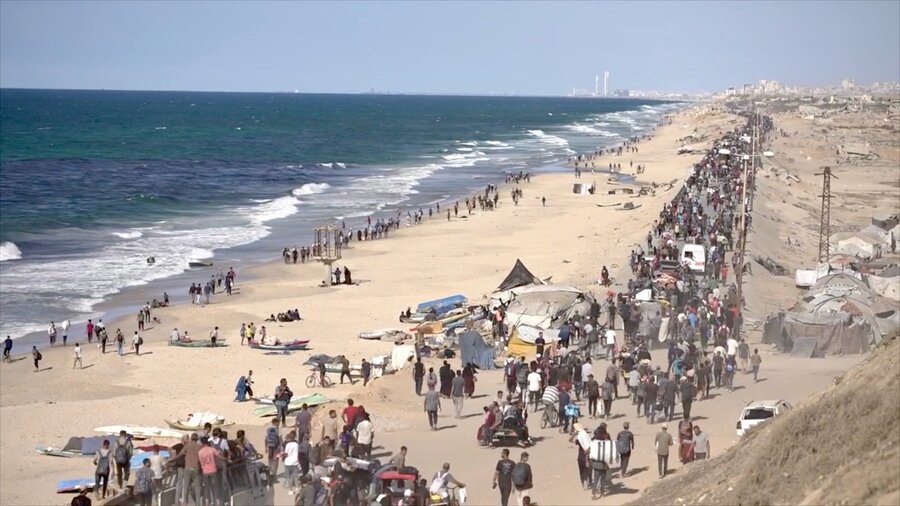
From a nearly bare-bones tent, mother Fatima tears up as she describes how her family fled their home in Gaza City on the first day of the war, in 2023, carrying nothing with them. Like many in Gaza, the family moved from one place to another, searching for safety.
“Food is a major challenge,” Fatima says. Her two small daughters have not eaten fresh produce, or foods with bone-building calcium, in months. Both have medical conditions, including one requiring a ventilator.
“I used to knock on doors, one by one, just to get help and keep them alive,” Fatima adds.
The ‘miracle’ of bread
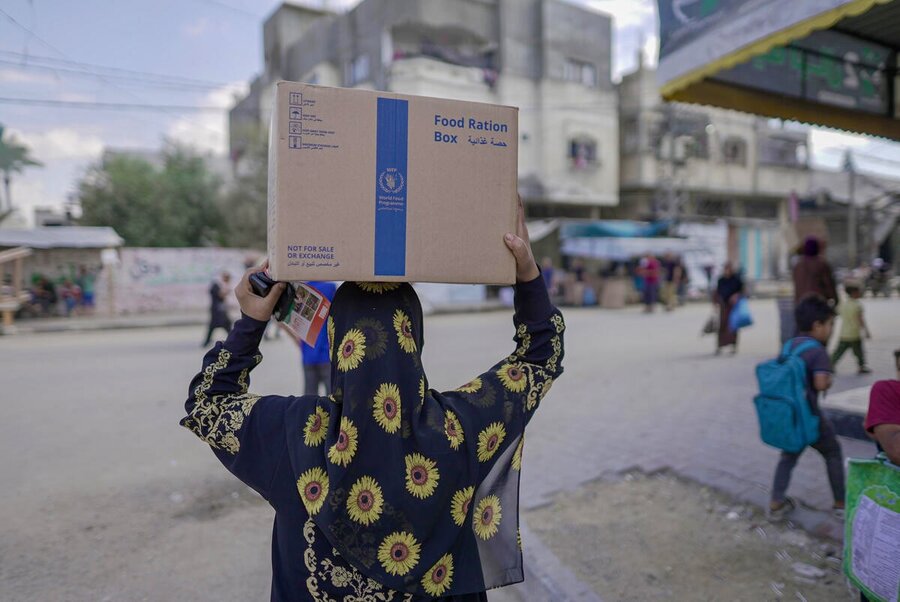
The ceasefire in Gaza - declared just over two years after the war broke out - comes as hospitals, commerce and other essential services are severely crippled. If the ceasefire holds, WFP and other humanitarians hope to turn the tide.
Tens of thousands of metric tonnes of our food are ready for dispatch or heading to the Strip. We have also begun ramping up nutritional support to pregnant and breastfeeding women, with plans to further expand in the coming weeks.
“With access, we can bring in the supplies in big volumes, so we can increase the number of bakeries,” WFP’s Renard says. “We can restore our distribution with food parcels, and we can bring down the high levels of malnutrition.”
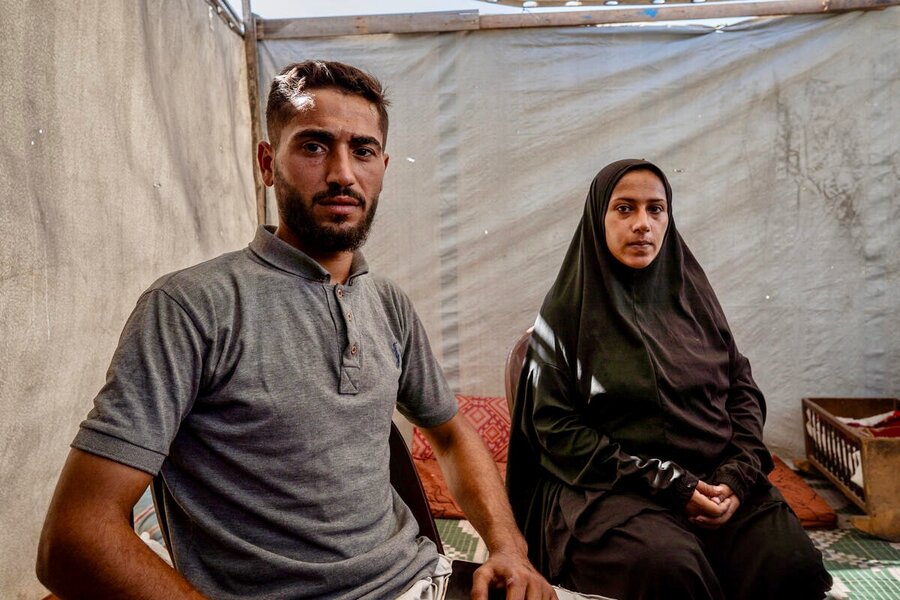
For some like Ahmed, the loaves of pita are a first step toward recovery. His wife, nine months pregnant, is severely malnourished. The baby, he says, is underweight.
“We used to stand in line for five or six hours for a single plate of food,” Ahmed says of the months of wartime hardship. “We couldn’t buy anything from the market - there was no cash, no work, no income.”
The packages of bakery-fresh pita “felt like a miracle,” he adds. “It’s hard to describe the feeling. It was the first time in a long time we had something so basic.”
